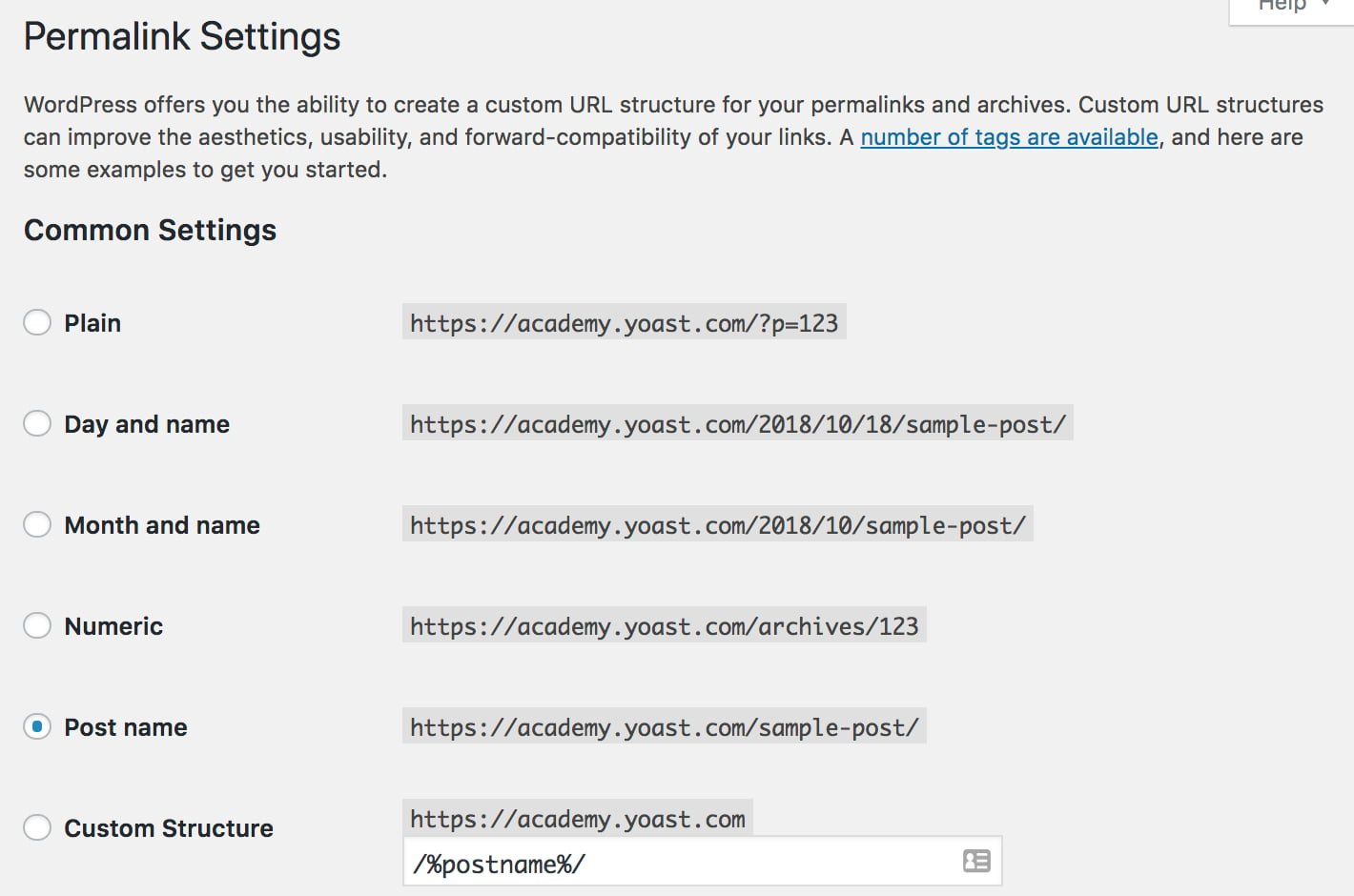

Then, students should look for them (and note them) as they are reading longer novels.
Notice and note aha moment texts movie#

Teaching the “Again and Again” Signpost with Text Helping students to see how this applies across disciplines can give them a better understanding, allowing them to comprehend more than just literary texts. Composers, artists, choreographers, and playwrights use this element when creating their music, art, dance, or plays. This is when a word, phrase, picture, or situation is repeated, making the reader wonder about its importance. My “A-ha” arts connection was the “Again and Again” Signpost.

While these signposts are designed for literary works, there are many that apply to the Arts. The Signposts, Notice, and Notes for Literature and the Arts Noticing these Signposts helps us learn more about the characters, setting, and/or central message/theme of a text. When we notice these Signposts, we should stop and note them. These are from a must-read book for reading instruction, Notice and Note: Strategies for Close Reading by Kylene Beers and Robert Probst. Beers and Probst recommend that we guide students to look for certain “ Signposts“, or significant events while reading. We’ll begin together in class, and you should finish the story for homework.One of the best ways to help students find the central message, or theme, of a text, is to use Notice and Note strategies for Literature and the Arts. Next, we’ll read a short story by Roald Dahl called “The Landlady” ( landlady_text) in order to practice Noticing and Noting. Words from the Wiser (WW) in The Lion King and in Rudyįinally, practice using Notice and Note with a picture book by Kevin Henkes called: Chrysanthemum. R’s Notice and Note Pinterest board and take a look at the video clips for:Īgain and Again (AA) Ellie and Carl in Up and in Star WarsĬontrasts and Contradictions (CC) in Despicable Me and in this Pfizer commercial Watch this video and fill out the “Notice and Note” handout as you go. Here is a quick lesson on what it means to “Notice and Note”, why it is so helpful, and who came up with that phrase. Noticing and Noting is what we will call it when you are closely reading, comprehending and annotating the literature we read this year.


 0 kommentar(er)
0 kommentar(er)
